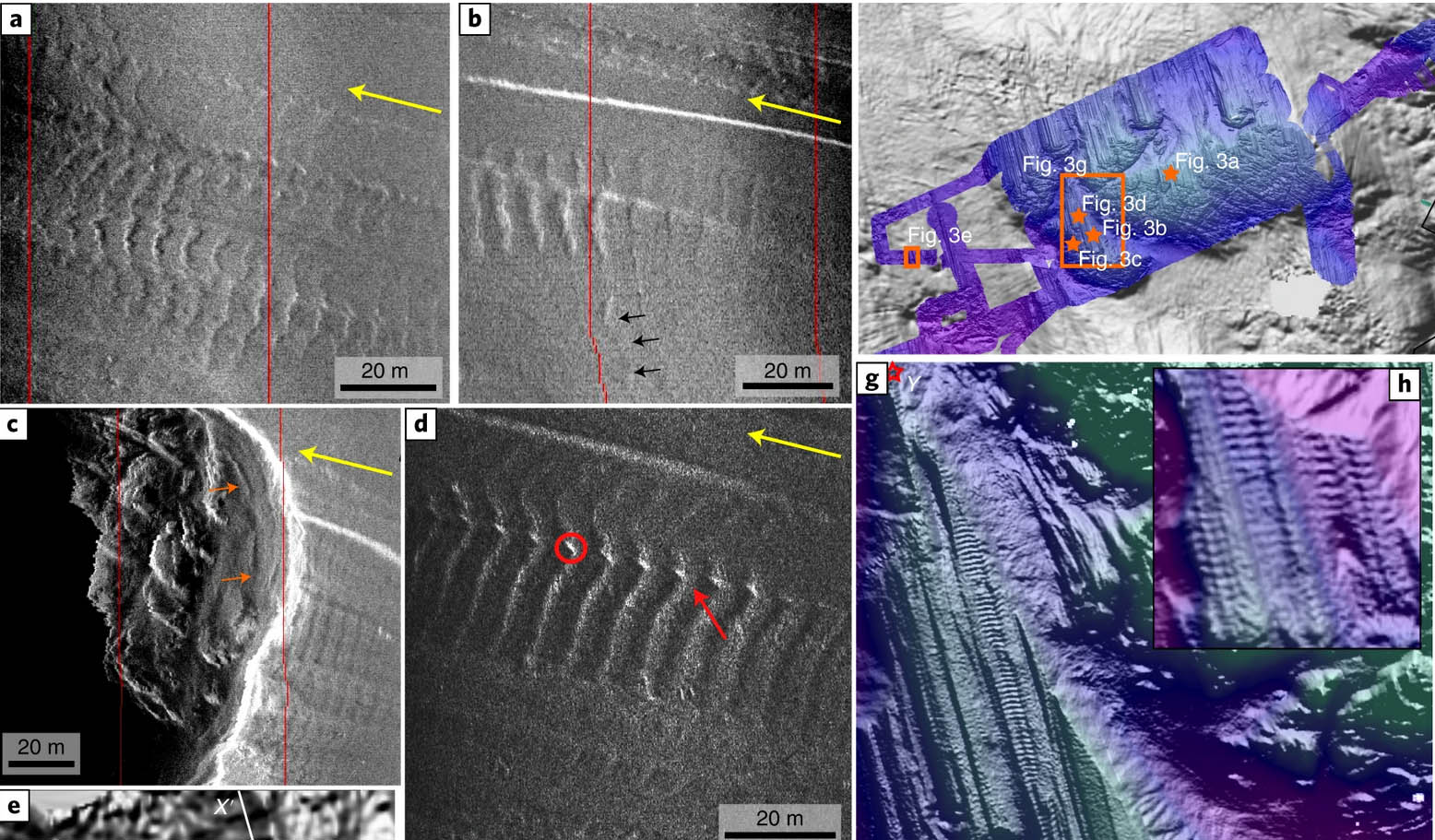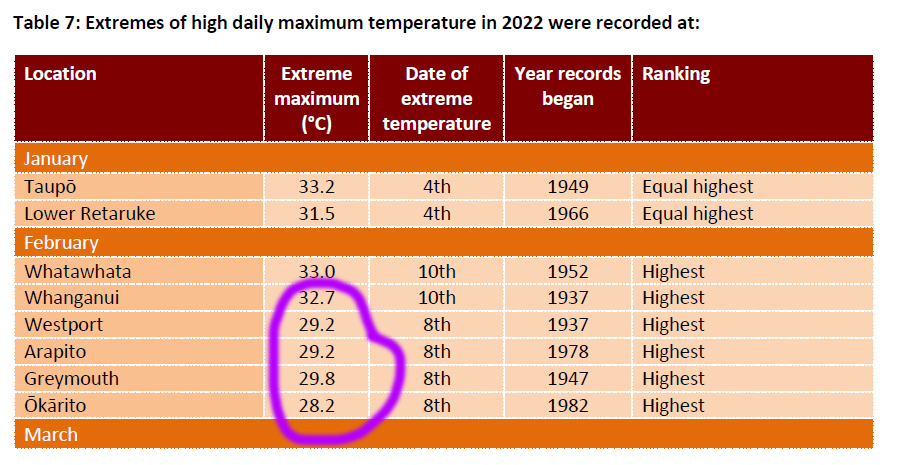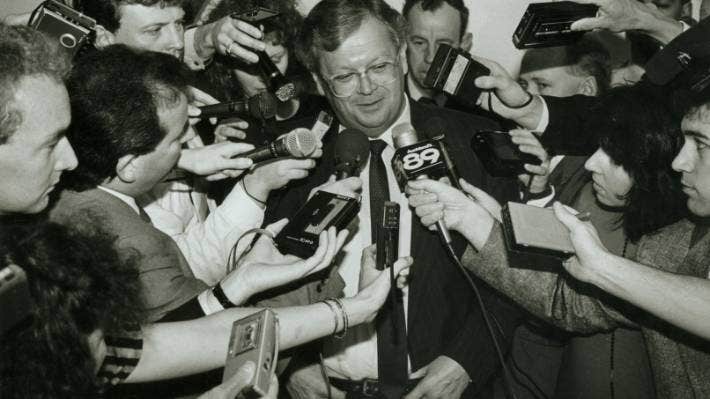IT’S A SMALL, SMALL WORLD
From cough syrups to eyeglasses for cows, Martha McKay takes a peek into a very tiny future
At the nanotechnology show in New York City recently, companies touted the state-of-the-art, from quantum dots to microscopes powerful enough to see atoms.And then there were two guys from Cleveland hawking cough syrup.If you follow the nanotechnology industry closely, this sort of thing isn’t surprising.
But if you don’t, such seemingly humdrum technology on display alongside the advances at the fourth annual NanoBusiness conference might seem unusual.
Spend time with nano-experts and one thing becomes clear: nanotechnology is more commonplace than you might think – from nano-engineered eyeglass coatings used on one in five pairs of eyeglasses, to sunscreens and stain-resistant fabrics.
One of the most hyped areas of technology since the Internet, nanotechno- logy is the study and engineering of really small things – particles and gizmos from 1 to 100 nanometres, or a billionth of a metre, in size to be specific. The paper you are reading this on is about 100,000 nanometres thick.
As you might expect, there are hundreds of ways of using nano-sized particles and devices, with new ideas popping up all the time.
The U.S. government will pour an estimated $1.3 billion into nano-based R&D with a particular emphasis on such areas as cancer research. Here in Australia, governments are putting up $100 million for domestic nanotechnology research this year.
Jeffrey M. Jaffe, president of research and advanced technologies for Lucent Technologies’ Bell Labs, told conferees how telecommunications networks could be transformed by nano-sized devices. Tiny power supplies working together with nano-sized microphones, tiny sensors and video displays could one day give us a communications ‘wallpaper’.
Even the ability to have ‘several microphones inside a phone would be a tremendous (sound quality) improvement’, he said.
Out at the New Jersey Nanotechnology Consortium, university researchers have 60 to 80 nano-based projects under way.They include building a stress gauge to strap on the back of a fruit fly. The tiny device will enable scientists to tell if the drosophila is asleep (they don’t have eyelids, in case you wondered). Researchers, who
study fruit flies because they are well-suited to genetic studies, want to be able to test whether their modifications to the fruit fly’s sleeping patterns work.
They are also looking into ways to build an electronic nose that can smell, a real-time DNA analyzer, and what they call a ‘rubber mirror’, which would map the imperfections of your eye and allow the creation of perfect corrective lenses.
‘We could fit a cow with glasses’, says David Bishop, vice president of nanotech-nology research at the labs.
But along with purely scientific uses for nano-devices, many companies hope to turn a profit – the motivation behind Cleveland-based Five Star Technologies and its cough formula. Nano-emulsions and dispersions made using a patented technique called controlled-flow cavitation make the cough syrup adhere to the throat better.
Gerry Weimann, Five Star’s CEO, doesn’t think consumers really care about the ‘nano’ aspect of the syrup, which is made by another company called Improvita Health Products.
‘Most people are just looking for a good experience – not a lot of people wonder about the technology behind it’, says Weimann.







